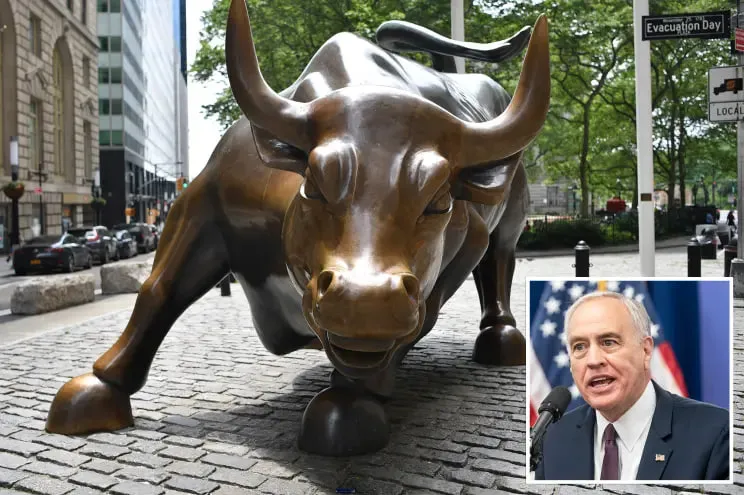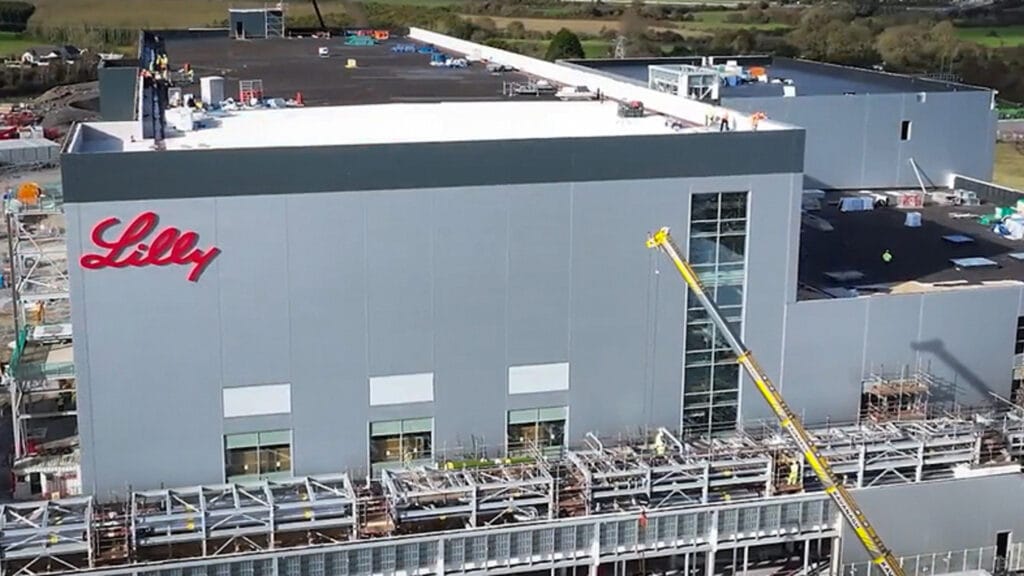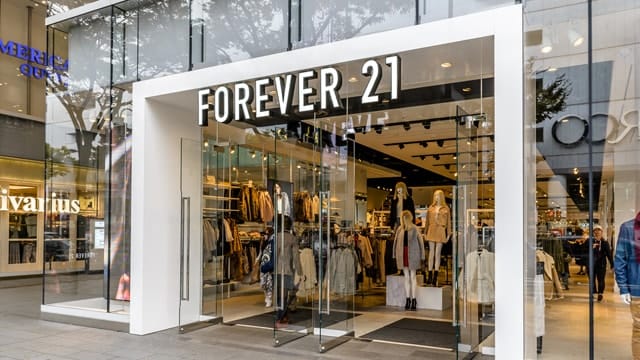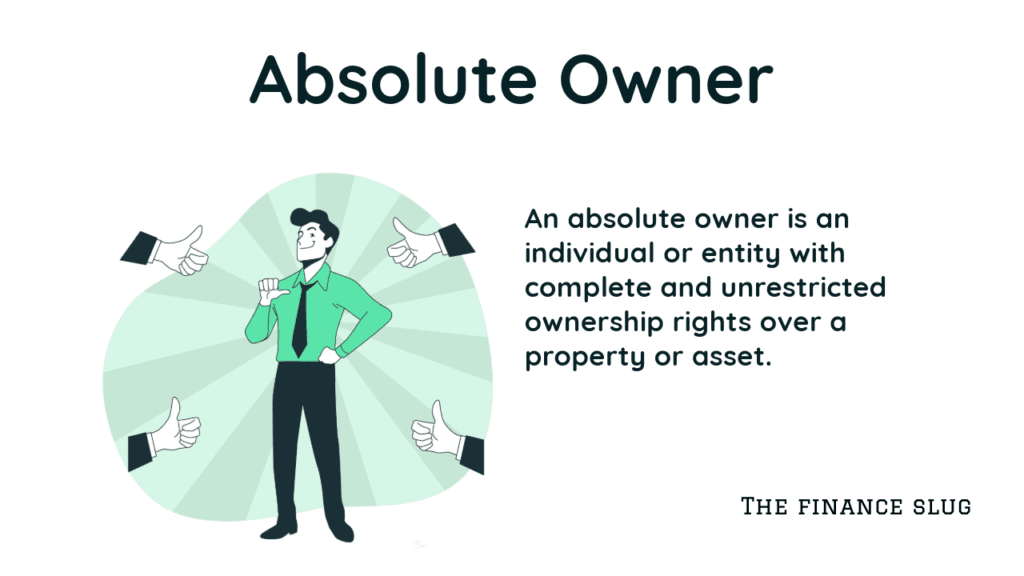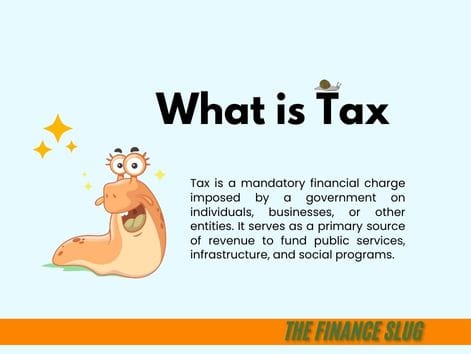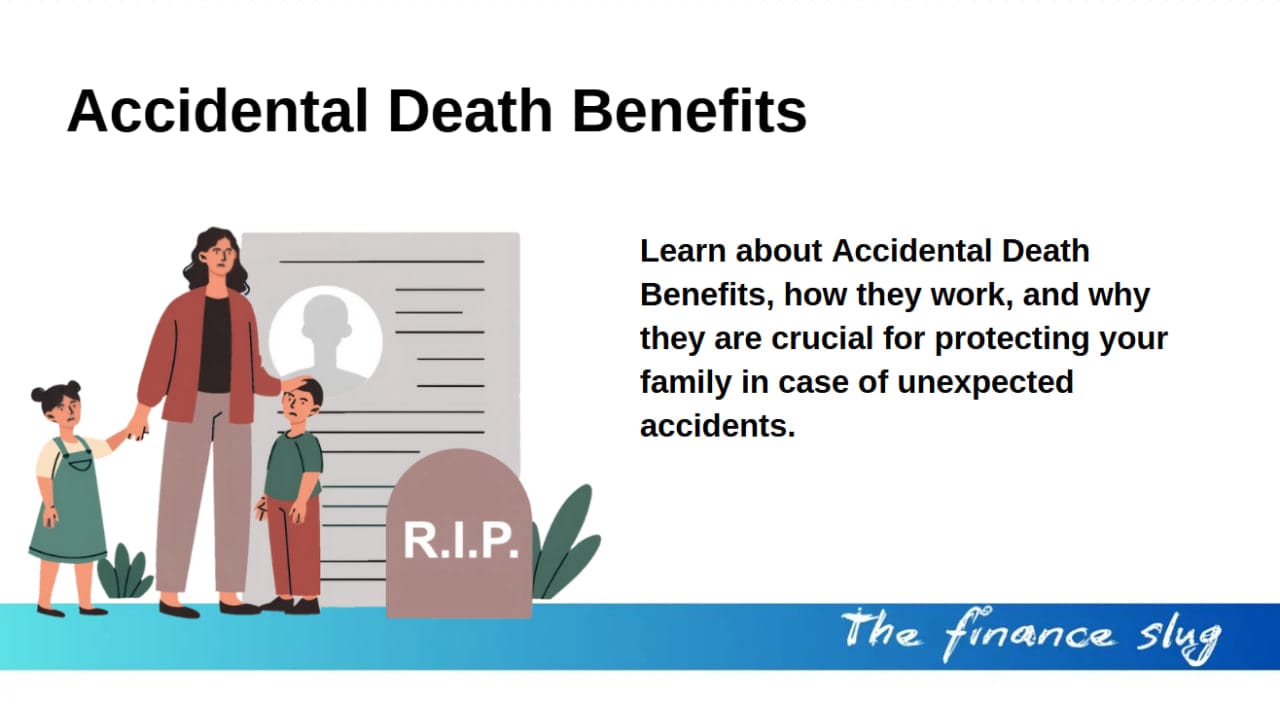
Life is unpredictable, and accidents can happen anytime. Accidental Death Benefits (ADB) provide extra financial security, ensuring your loved ones receive support if you pass away due to an accident. Unlike regular life insurance, ADB focuses specifically on accidental deaths. This blog explores why ADB matters, who should consider it, and how it works.
- 1. What Exactly Are Accidental Death Benefits?
- 2. The Real Impact of Accidental Death on Families
- 3. Accidental Death Benefits: Are They Worth It?
- 4. Who Should Consider This Coverage?
- 5. How Does It Work in Real Life?
- 6. Accidental Death Benefits vs. Traditional Life Insurance: A Real Comparison
- 7. What Affects the Payout?
- 8. The Application Process: What You Need to Know
- 9. Common Myths About Accidental Death Benefits
- 10. How to Choose the Right Plan for Your Family
- 11. Conclusion: Protecting Your Family with Confidence
1. What Exactly Are Accidental Death Benefits?
Accidental death benefits are an extra layer of financial protection designed to help your loved ones if the worst happens unexpectedly. If you pass away due to an accident, this benefit kicks in, paying out a lump sum to your family. This benefit is added to your regular life insurance policy, but it’s specifically for accidents like car crashes, falls, or work-related injuries.
What makes Accidental Death Benefits (ADB) stand out is their focus on sudden, unforeseen events. Unlike typical life insurance, which may cover a range of causes, ADB is only triggered if the cause of death is accidental, offering an extra cushion of financial relief.
2. The Real Impact of Accidental Death on Families
Imagine the unthinkable happens – you lose a loved one suddenly due to an accident. Beyond the emotional devastation, there’s the financial burden. How will bills be paid? What about funeral costs?
According to the CDC, accidents are the leading cause of death for people under 44. Accidental death benefits are critical for ensuring your family has some financial support during an already overwhelming time. It’s not just about paying off debts, but about providing your family with peace of mind and time to grieve without the added stress of financial uncertainty.
3. Accidental Death Benefits: Are They Worth It?
Let’s be real: many of us think “I’ll never need it,” when it comes to accident insurance. But here’s the truth – accidents are unpredictable. Having Accidental Death Benefits could make a world of difference in a sudden, unforeseen event. This extra protection ensures that your family is financially prepared for accidents, even if you didn’t plan for it.
What’s even more appealing is the affordability of adding ADB to your life insurance policy. It’s typically a low-cost addition that provides high value when you need it most.
Also read: What is Credit? The Key to Financial Growth and Success
4. Who Should Consider This Coverage?
If you have dependents – kids, a spouse, or elderly parents – you need to think about their financial future in case something happens to you. Accidental death benefits aren’t just for high-risk jobs or extreme sports enthusiasts; they’re for anyone who wants an extra layer of protection.
- Young parents: You never know what might happen, and if something did, you’ll want to ensure your children are financially supported.
- Workers in high-risk environments: Whether you’re in construction, transportation, or any job with physical risks, Accidental Death Benefits can offer extra security.
- People with active lifestyles: If you’re always on the move – biking, hiking, or driving long distances – this benefit ensures that accidents don’t leave your loved ones financially unprotected.
5. How Does It Work in Real Life?
To make this easy, let’s break it down with an example.
Say you’re involved in a car accident and tragically pass away. If you have Accidental Death Benefits as part of your life insurance, your beneficiaries will receive a lump-sum payout – usually more than what regular life insurance would pay for a death by illness or natural causes.
The benefit is paid on top of your regular life insurance, so your family gets extra financial support. It could help cover funeral expenses, medical bills, or anything else they might need during this difficult time.
6. Accidental Death Benefits vs. Traditional Life Insurance: A Real Comparison
We often get asked, “Do I really need both?” Here’s a quick breakdown to clarify:
- Life Insurance: Covers death from any cause (natural or accidental). The payout is often used to replace lost income and cover long-term financial goals.
- Accidental Death Benefits: Specifically covers accidents. The payout is typically higher for accidents, helping your family deal with immediate costs like funeral arrangements or medical expenses.
Adding Accidental Death Benefits to your policy doesn’t replace life insurance – it’s an addition. It offers an extra layer of security for situations where your life insurance alone might not provide enough.
7. What Affects the Payout?
Here’s the thing: Accidental Death Benefits are not a “one-size-fits-all” solution. The payout amount depends on:
- Policy Limits: Some policies offer a fixed amount, while others may allow for higher limits.
- Cause of Death: If the death is deemed accidental and meets the criteria, the payout is guaranteed.
- Your Coverage Level: How much you’ve opted to pay for your ADB rider determines how much your beneficiaries will get.
It’s essential to read the fine print to understand what is and isn’t covered to avoid surprises later.
Also read: Financial Statements 101: Learn How to Read and Analyze Them
8. The Application Process: What You Need to Know
If an accident happens, your family needs to act quickly to file a claim. Here’s what they’ll typically need:
- Proof of Accident: Police reports, coroner’s reports, or medical documentation showing the death was accidental.
- Death Certificate: This is a standard requirement for life insurance claims.
- Policy Details: Your family will need to provide the insurance company with your policy number and proof that Accidental Death Benefits were included.
The process isn’t complex, but speed is key. Having everything ready in advance can ensure the claim is processed quickly and your loved ones receive the payout without delay.
9. Common Myths About Accidental Death Benefits
- Myth 1: “I don’t need it; my regular life insurance is enough.”
Reality: Life insurance doesn’t cover accidents the same way ADB does. You might miss out on important extra coverage. - Myth 2: “Accidental Death Benefits are only for high-risk jobs.”
Reality: Accidents can happen to anyone, at any time. Whether you work in an office or on a construction site, ADB provides valuable extra protection. - Myth 3: “I can’t afford it.”
Reality: Accidental Death Benefits are generally affordable and add minimal cost to your life insurance policy.
10. How to Choose the Right Plan for Your Family
When selecting Accidental Death Benefits, ask yourself:
- What do my family’s needs look like? Think about monthly expenses and what they’ll need to stay afloat.
- What does my current policy cover? If you already have life insurance, ensure it covers accidental deaths or consider adding a rider.
- Is there a waiting period? Check how long it takes for the payout to be issued after death.
11. Conclusion: Protecting Your Family with Confidence
Adding Accidental Death Benefits to your life insurance policy isn’t just a good idea – it’s a smart financial strategy. It’s an affordable way to offer extra security for your family if the unexpected happens. With accidents being a leading cause of death, now is the time to ensure your loved ones are fully protected.
By understanding how these benefits work, you’re taking an important step in securing your family’s future. Whether you’re adding it to an existing policy or considering it as a standalone rider, Accidental Death Benefits give you and your family one less thing to worry about.
1. What are Accidental Death Benefits?
Accidental Death Benefits are additional financial protection offered through life insurance policies. They provide extra payouts if the insured person dies due to an accident, such as a car crash or fall.
2. How do Accidental Death Benefits work?
If you die in an accident, the Accidental Death Benefit pays a lump sum amount to your beneficiaries. It’s typically added to your existing life insurance policy and is paid on top of the regular death benefit.
3. Who should consider Accidental Death Benefits?
Anyone with dependents, workers in high-risk jobs, or people with an active lifestyle should consider adding Accidental Death Benefits to their insurance. It provides extra protection in case of unforeseen accidents.
4. Is Accidental Death Benefits the same as regular life insurance?
No, Accidental Death Benefits are a specific addition to life insurance. They only apply if the death is caused by an accident, whereas regular life insurance covers all causes of death, including illness and natural causes.
5. How can I apply for Accidental Death Benefits?
You can apply for Accidental Death Benefits by adding it as a rider to your life insurance policy. Once added, your beneficiaries can file a claim if you pass away due to an accident, providing additional financial support.
Stock Market Crash Today: A Bloodbath on Monday – What You Need to Know
Published on financeslug.xyz The global financial markets are reeling from a massive sell-off, and Indian…
Wall Street Bonuses Reach Record $47.5 Billion in 2024, Up 34% from Previous Year
How to Convert Delimited CSV Data into Columns in Excel
CSV (Comma-Separated Values) files are widely used for data exchange, but when opened in Excel,…
Harvard University Announces Free Tuition for Families Earning $200K or Less
Harvard’s New Tuition-Free Policy: What You Need to Know Harvard University has unveiled a groundbreaking…
Eli Lilly’s 1.8B Dollar Investment in Weight Loss Drugs
Ireland’s Weight-Loss Drug Boom: A Game-Changer for Economy and Healthcare Ireland is witnessing a surge…
Forever 21 Files for Bankruptcy Again: The End of an Era in Fast Fashion?
Forever 21, once a staple in American malls and a leader in the fast-fashion industry,…

